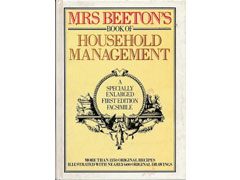




Back to the Intro Page







Faster transport and more trade meant that grain could be imported from the United States and cheaper meat from Australia. Canned food became available. Tinned meat was half the price of fresh meat. People were using and eating more sugar. The sugar was no longer cane sugar, grown in the West Indies, but beet sugar grown in Europe and, from 1920, in England. New mass produced foods were on the market. Cream Crackers, created in Ireland, and Digestive Biscuits, first made in Scotland as an aid to digestion, were on sale. Shops measured out items for each individual customer, there was no packaging. In the work houses for poor and orphans, the main meal was gruel which was a mixture of oatmeal and water or, if you were lucky, milk. The oatmeal could be added to a cold liquid. Two adulteration of food acts in 1860 and 1872 attempted to stop poisonous chemicals like lead being added to food. Lead gave Gloucester cheese its red colour, a quarter of all milk examined had chalk added and copper was used to improve the colour of butter and bread. Poor people started to cook in their own homes and, in 1861, a lady called Mrs Beeton published her first cook book which gave ordinary people recipes to follow. The recipes were illustrated with various black and white or colour prints. Companies like Cadburys and Frys produced chocolate bars and employed so many workers the owners built villages for them to live in.
Back to the End of the Georgians Hoots - FoodForward to Around WWI Hoots - Food

